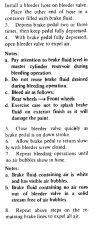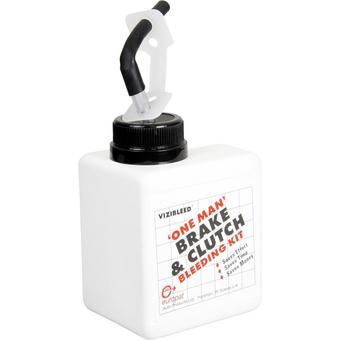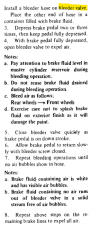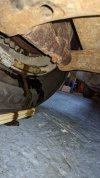Robotsan
Club Member
Hi all,
Just wondering if someone can offer me some advice on bleeding the brakes on my 280z. I found these instructions in the FSM which seems straightforward:

But just wondering about the bleeder kits, will they all fit the valves on my brakes? Front and back? Or are there specific types/fitments?
Would this do the job? Its only £7 from Halfords! Doesn't seem very "one person" though if you have to press the pedal and keep an eye on the cylinder and the fluid coming out of the callipers?

 www.halfords.com
www.halfords.com
Or would this be easier? I gather it uses the air from a spare tyre to provide the pressure instead of someone pressing the pedal?

 www.halfords.com
www.halfords.com
Just wondering if someone can offer me some advice on bleeding the brakes on my 280z. I found these instructions in the FSM which seems straightforward:

But just wondering about the bleeder kits, will they all fit the valves on my brakes? Front and back? Or are there specific types/fitments?
Would this do the job? Its only £7 from Halfords! Doesn't seem very "one person" though if you have to press the pedal and keep an eye on the cylinder and the fluid coming out of the callipers?

Europat Vizibleed Brake and Clutch Bleeding Kit | Halfords UK
Shop the latest Europat Vizibleed Brake and Clutch Bleeding Kit at Halfords UK
Or would this be easier? I gather it uses the air from a spare tyre to provide the pressure instead of someone pressing the pedal?

Gunson Eezibleed | Halfords UK
Shop the latest The Gunson Eezibleed is a single-handed operation kit that bleeds any hydraulic system. at Halfords UK


